Increase Your NordVPN Speed with These Simple Tips
Factors Affecting NordVPN Connection Speed
1. Server Load: The number of users connected to a particular server can affect connection speed. Choose a server with lower load for faster speeds.
2. VPN Protocol: Different protocols have varying levels of encryption and overhead, which can impact speed. Experiment with different protocols to find the fastest one for your connection.
3. Router Level: Some routers may not be optimized for VPN traffic, causing slowdowns. Updating your router’s firmware or using a VPN-compatible router can help improve speed.
4. Internet Connection Speed: Your overall internet speed can affect the performance of NordVPN. Ensure you have a stable and high-speed internet connection for optimal results.
5. Server Distance: Connecting to a server located far away from your physical location can result in slower speeds due to increased latency. Choose a server closer to your location for faster performance.
6. VPN Settings: Adjusting certain settings, such as enabling UDP over TCP or using custom config files, can help improve connection speed. Refer to NordVPN’s guide for specific instructions.
Troubleshooting Slow NordVPN Connection Speed
1. Close any unnecessary applications or web pages that might be using up your Internet connection.
2. Check if NordVPN is running the latest version. Update it if necessary.
3. Try connecting to a different NordVPN server. Sometimes, certain servers may experience slowdowns due to high user traffic.
4. If you’re using NordVPN on Windows, try disabling the “CyberSec” feature in the app’s settings. This feature can sometimes cause slowdowns.
5. Ensure that your router firmware is up to date. Outdated firmware can sometimes affect your VPN connection speed.
6. Consider switching to a different VPN protocol. NordVPN supports both UDP and TCP configurations. Experiment with both to see which one provides better speeds for your Internet connection.
7. If you’re still experiencing slow speeds, try using NordVPN’s OpenVPN protocol. This can sometimes improve your connection speed.
Optimize NordVPN Speed with the Best VPN Service
- Check your internet connection quality:
- Perform a speed test to measure your internet speed.
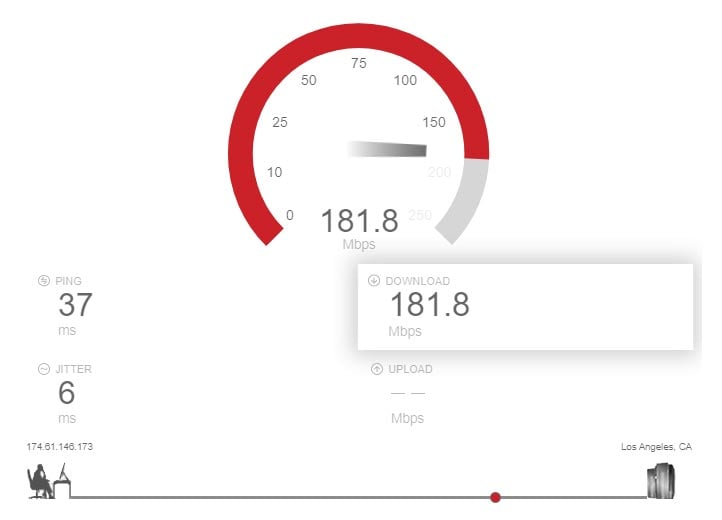
- If the speed is significantly lower than your subscribed plan, contact your internet service provider.
- Select the nearest server location:
- Open NordVPN application.
- Click on the “Map” or “Servers” tab.
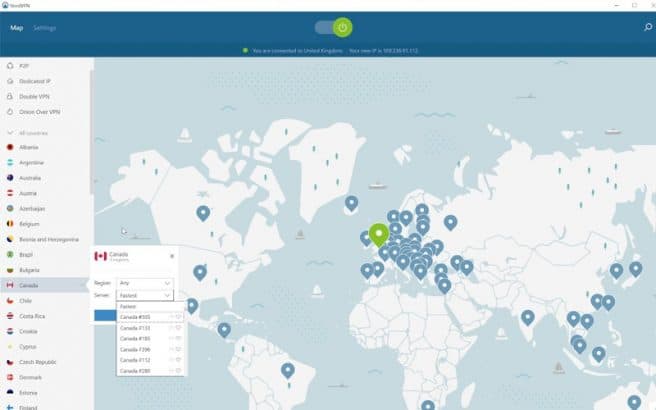
- Choose a server location that is closest to your physical location.
- Switch to a less crowded server:
- Open NordVPN application.
- Click on the “Map” or “Servers” tab.
- Connect to a server that has a lower server load.
- Change VPN protocol:
- Open NordVPN application.
- Go to the “Settings” or “Preferences” section.
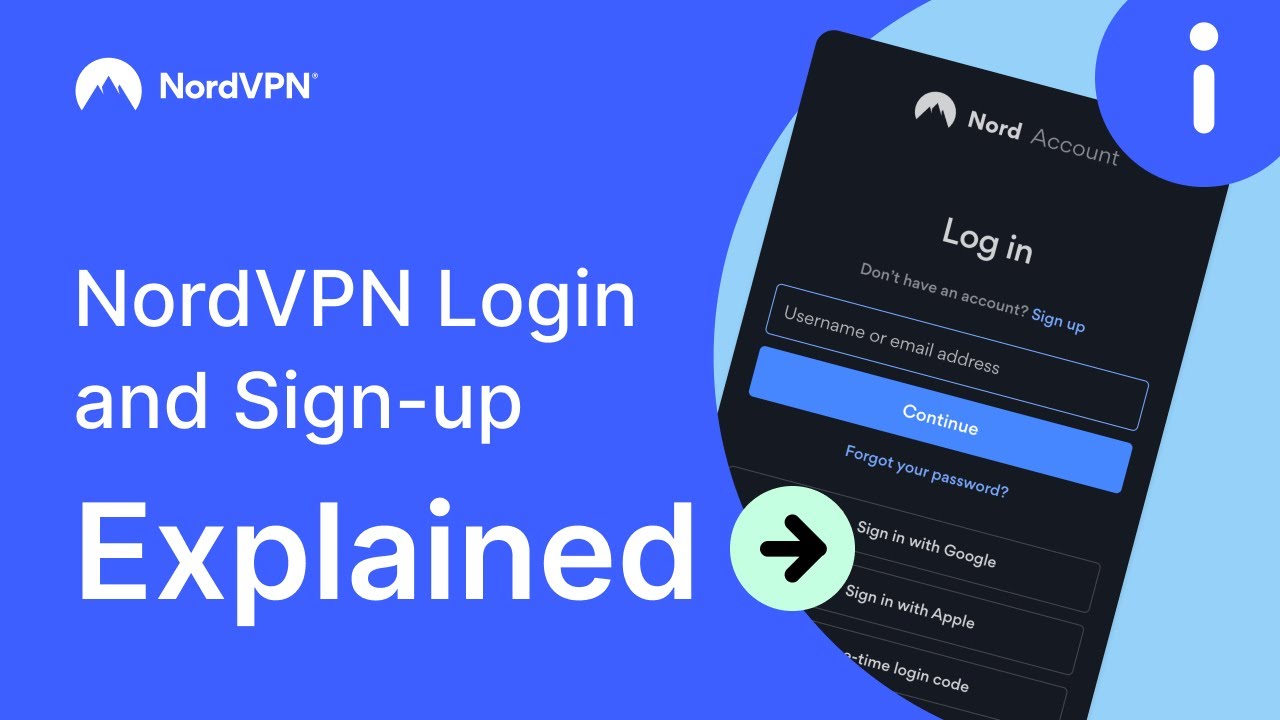
- Switch to a different VPN protocol (e.g., from UDP to TCP).
- Disable background applications:
- Open Task Manager by pressing Ctrl+Shift+Esc.
- Identify and close any unnecessary applications running in the background.
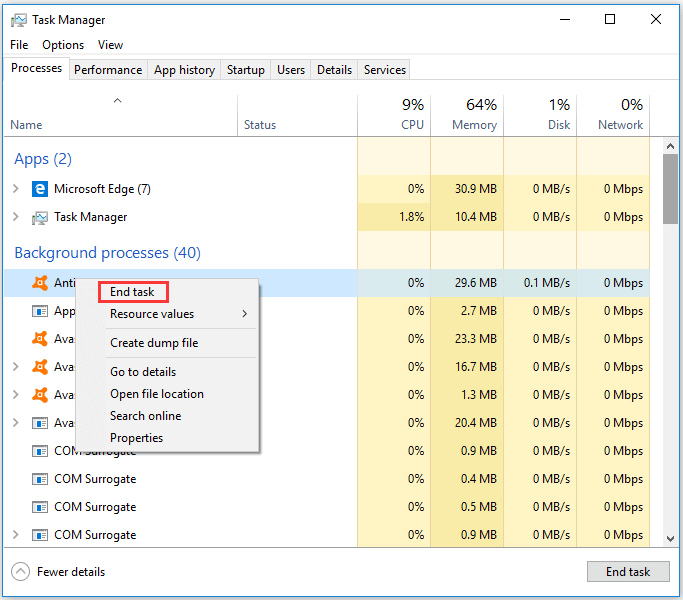
- Clear browser cache and cookies:
- Open your web browser.
- Access the browser settings or preferences.
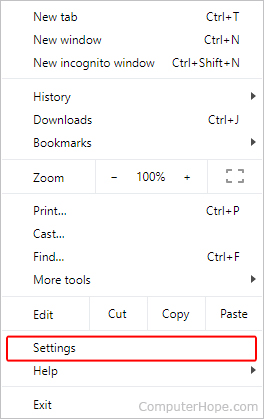
- Find the option to clear cache and cookies.
- Select the appropriate options and clear the data.
- Restart your devices:
- Shut down your computer or device.
- Wait for a few seconds.
- Turn on your device again.
- Open NordVPN application and connect to a server.
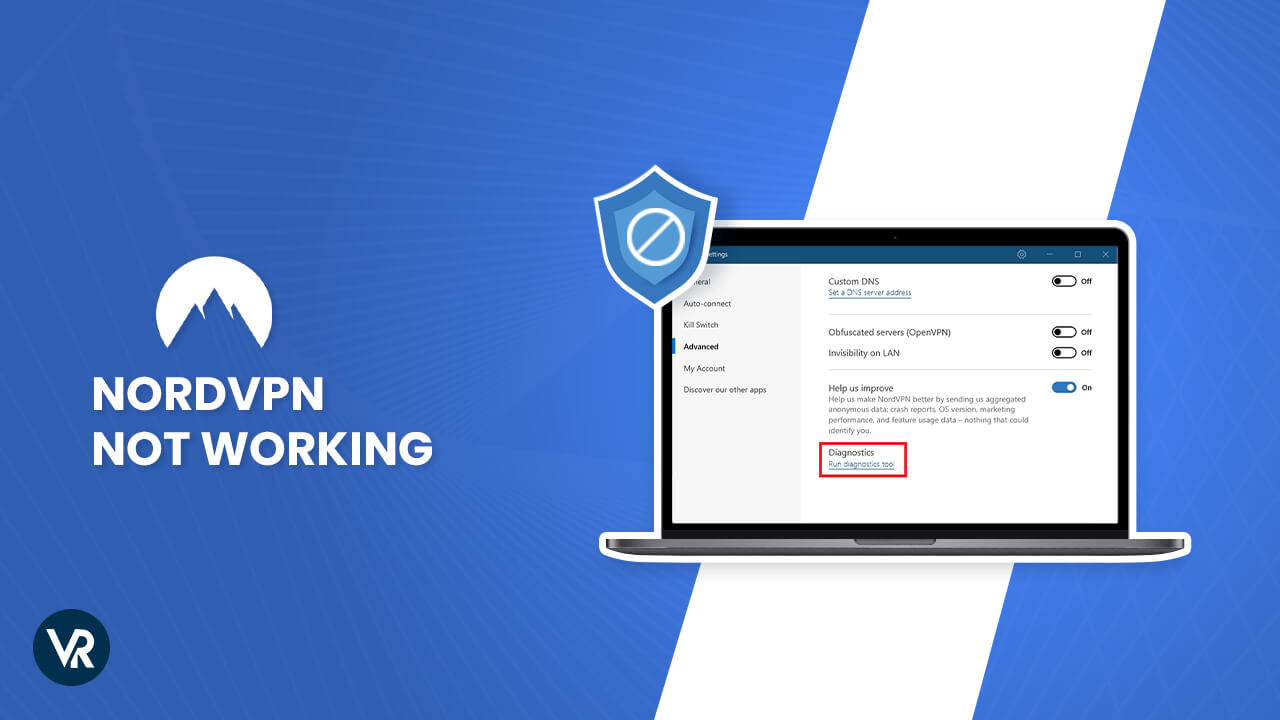
- Update NordVPN application:
- Check for any available updates for the NordVPN application.
- If an update is available, download and install it.
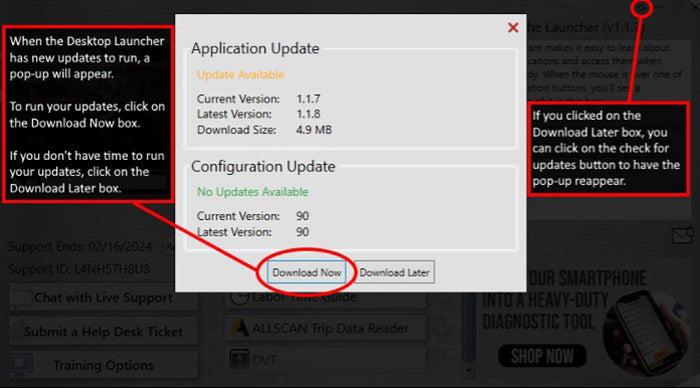
- Restart the application and try connecting again.
- Contact NordVPN support:
- If none of the above steps solve the speed issues, reach out to NordVPN support for further assistance.
- Provide them with detailed information about your issue and the steps you have taken so far.
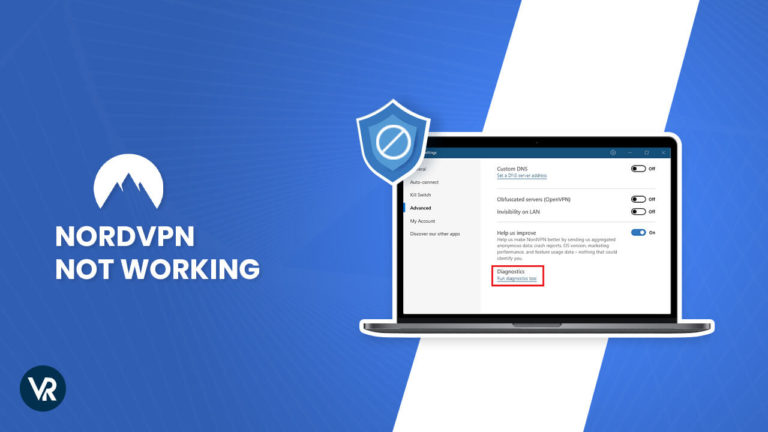
python
import speedtest
def measure_network_speed():
try:
# Create a Speedtest object
st = speedtest.Speedtest()
# Find the closest server
st.get_best_server()
# Perform download speed test
download_speed = st.download() / 10**6 # Convert to Mbps
# Perform upload speed test
upload_speed = st.upload() / 10**6 # Convert to Mbps
# Print the results
print(f"Download Speed: {download_speed:.2f} Mbps")
print(f"Upload Speed: {upload_speed:.2f} Mbps")
except speedtest.SpeedtestException as e:
print(f"An error occurred during the speed test: {e}")
# Call the function to measure network speed
measure_network_speed()
This code utilizes the `speedtest-cli` library to perform a speed test. It measures the download and upload speed in Mbps (megabits per second) and displays the results. Note that you need to install the `speedtest-cli` library beforehand using `pip install speedtest-cli`.
Tips for Improving NordVPN Connection Speed
1. Check your internet speed: Use a reliable speed test tool to determine your current internet speed. This will help you evaluate the impact of NordVPN on your connection.
2. Choose the fastest server: NordVPN offers a wide range of servers globally. Use the NordVPN app to find and connect to the server with the lowest latency and fastest speed.
3. Update the NordVPN app: Make sure you have the latest version of the NordVPN app installed on your device. Updates often include bug fixes and performance improvements.
4. Switch protocols: In the NordVPN app settings, you can switch between UDP and TCP protocols. Experiment with both to see which one provides better speed and stability for your connection.
5. Optimize router settings: Some routers have built-in VPN settings that can improve NordVPN performance. Check your router’s manual for instructions on optimizing VPN settings at the router level.
6. Restart your device: Restarting your computer or mobile device can sometimes resolve connectivity issues and improve overall performance.






